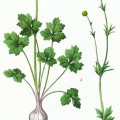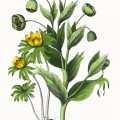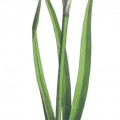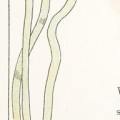Vintage book plate showing a pinguicula lutea or yellow butterwort plant. The leaves of this plant are somewhat greasy to the touch thus we have the name origin of pinguis or Latin for fat. It was all the way back in 1541 that this flower was first discussed in print by the Swiss botanist Conrad Gesner.
Soft white hairs on the leaves secrete a glutinous fluid. It is this fluid and not the yellow flowers that give this lovely plant the rest of its name. It seems the Swedes figured out that when they passed fresh reindeer milk through a sieve lined with those leaves that would cause butter to form within a day.
It wasn’t until Darwin that we learned that these flowers hid a dark secret. The butterwort sap would attract insects. They would become stuck to the leaves where the plant could digest them. He even observed that the leaves with the most sap tended to move – how cool is that?
Regardless of the name origin or how this plant survives, this yellow butterwort drawing shows both the leaves and flowers of this carnivorous plant. It is in the public domain and may be used in your next creative projects.
This was one of many plant images showcased in The Native Flowers and Ferns of the United States. It is a chromolithograph selected by the author Thomas Meehan for his 1880 book. Unfortunately, he did not credit a particular illustrator for creating this colorful book plate.
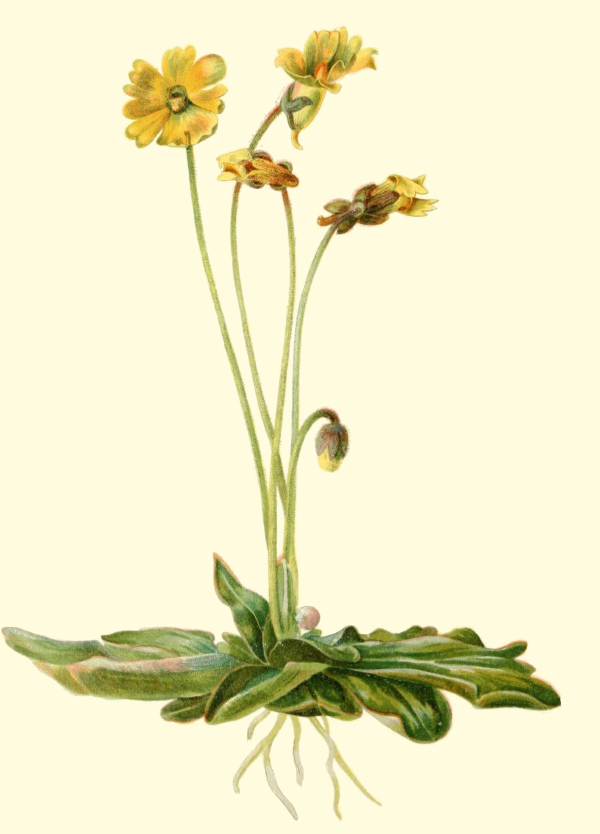
This image is copyright free and in the public domain anywhere that extends copyrights 70 years after death or at least 120 years after publication when the original illustrator is unknown.
